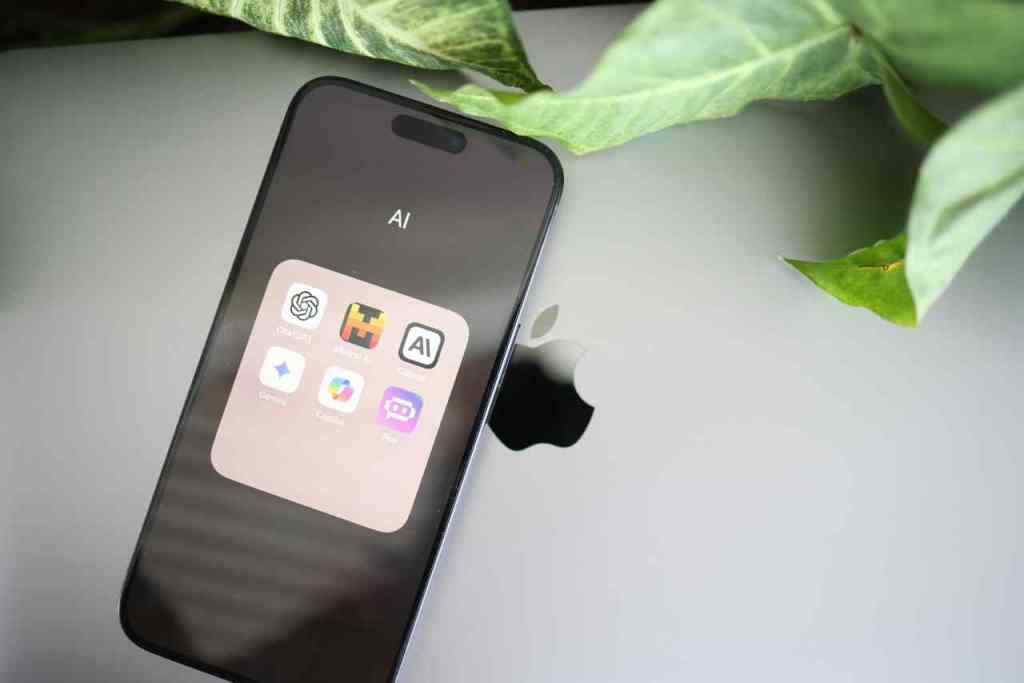ChatGPT’s Impact: A Look at Life in 2024
Remember late 2022? Everyone was freaking out about this new thing called ChatGPT, like it was the second coming of sliced bread. It BLEW. UP. A million users in, like, a week? Bonkers. Fast forward to now, and it’s everywhere. But now that the dust has settled, it’s time to ask the real questions: How is ChatGPT *actually* changing our lives, especially when it comes to learning and working?
Impact on Education
Let’s be real, ChatGPT landed smack-dab in the middle of the education system like that one kid who always forgets their gym shoes — disruptive, kinda awkward, but impossible to ignore.
Schools: A Brave New World?
On the one hand, imagine a world where little Timmy, who struggles to read, gets learning materials perfectly tailored to his needs. Or where Ms. Johnson, his overworked teacher, can finally breathe because ChatGPT’s grading those mountains of essays. That’s the potential upside here — personalized learning, less busy work for teachers, and super cool interactive exercises that make learning fun (gasp!).
But, of course, there’s always a “but,” right?
What happens when little Timmy realizes he can just tell ChatGPT to “write an essay about the Civil War” and call it a day? Are we risking a generation of students who don’t know *how* to think critically because they’re so used to AI doing it for them? And let’s not even get started on the potential for bias in AI-generated content. We’ve all seen “Black Mirror,” folks. We know how this ends.
Universities: The Rise of the Robo-Student?
Picture this: you’re a university student drowning in research papers and late-night study sessions. Suddenly, ChatGPT swoops in with its AI cape, offering to analyze data, whip up literature reviews, and even provide tutoring at three in the morning. Pretty tempting, right?
This is the double-edged sword of ChatGPT in higher education. On one hand, it can be a game-changer for research and student support, especially for students with disabilities who can benefit from AI-powered note-taking and transcription services. Accessibility for all, baby!
But (and you knew there was going to be a “but,” didn’t you?) what about the ethical implications? Imagine a world where professors are left grading AI-generated essays that are indistinguishable from human writing. Talk about a nightmare! And then there’s the question of who actually “owns” the intellectual property rights to AI-generated content. Is it the student? The university? ChatGPT’s pet hamster? It’s a legal and philosophical minefield out there, folks.
Impact on Workplaces
Remember that scene in “Office Space” where they finally take a baseball bat to the printer? Yeah, ChatGPT’s arrival in the workplace has sparked similar levels of joy, dread, and existential crisis. Let’s break it down, shall we?
Offices: Productivity Paradise or Pink Slip City?
Imagine walking into work, grabbing a cup of coffee, and actually having time to drink it before being bombarded with emails and meeting requests. Now, imagine that this blissful state of being is all thanks to ChatGPT effortlessly handling your schedule, responding to emails like a boss, and crunching data faster than you can say “performance review.” Sounds pretty sweet, right?
This is the potential of ChatGPT in the workplace: increased efficiency, happier employees (who *actually* get to take a lunch break!), and more time to focus on creative, high-level tasks that AI can’t (yet!) replicate.
But (say it with me now, “there’s always a ‘but'”) let’s not forget about our good friend, job displacement. If ChatGPT can automate tasks faster, cheaper, and more accurately than humans, what happens to the humans currently doing those jobs? It’s a valid concern, and one that has sparked heated debates about the future of work in the age of AI.
And then there’s the whole issue of “deskilling.” If we become overly reliant on AI to do our jobs for us, what happens to our critical thinking skills? Our problem-solving abilities? Our ability to, you know, actually function in a workplace without a robot overlord? These are questions that keep CEOs and employees up at night (well, besides the impending fear of robot overlords, of course).
Adapting to the New Normal
Okay, so ChatGPT is here to stay. We’ve established that. Now what? The key to thriving in this brave new world is adaptation. Education and workplace training need a serious glow-up, focusing on digital literacy, critical thinking, and ethical decision-making skills that even the most sophisticated AI can’t replicate (yet…).
We’re talking about teaching students how to use AI as a tool, not a crutch, and empowering employees to work alongside AI, not be replaced by it. It’s about finding that sweet spot where humans and AI can coexist and collaborate, like a well-oiled, slightly awkward, but ultimately productive workplace sitcom.
And let’s not forget the ethical elephant (or should we say, algorithm?) in the room. As AI becomes more integrated into our lives, we need to have serious conversations about responsible use, data privacy, and the potential for bias. We’re talking regulations, guidelines, and maybe even a robot ethics committee (because who doesn’t love a good committee, right?).
Conclusion
So, there you have it. ChatGPT: the ultimate disruptor, the efficiency guru, the potential job stealer, the ethical conundrum. It’s a lot to process, we get it. But one thing’s for sure: ChatGPT’s impact on learning and working is undeniable. It’s up to us, as a society, to figure out how to harness its power responsibly, ethically, and maybe even with a little bit of humor along the way.
Will ChatGPT eventually take over the world? Who knows. But in the meantime, let’s focus on creating a future where humans and AI can coexist, collaborate, and maybe even learn a thing or two from each other. After all, wouldn’t it be ironic if AI ended up teaching us how to be more human?
